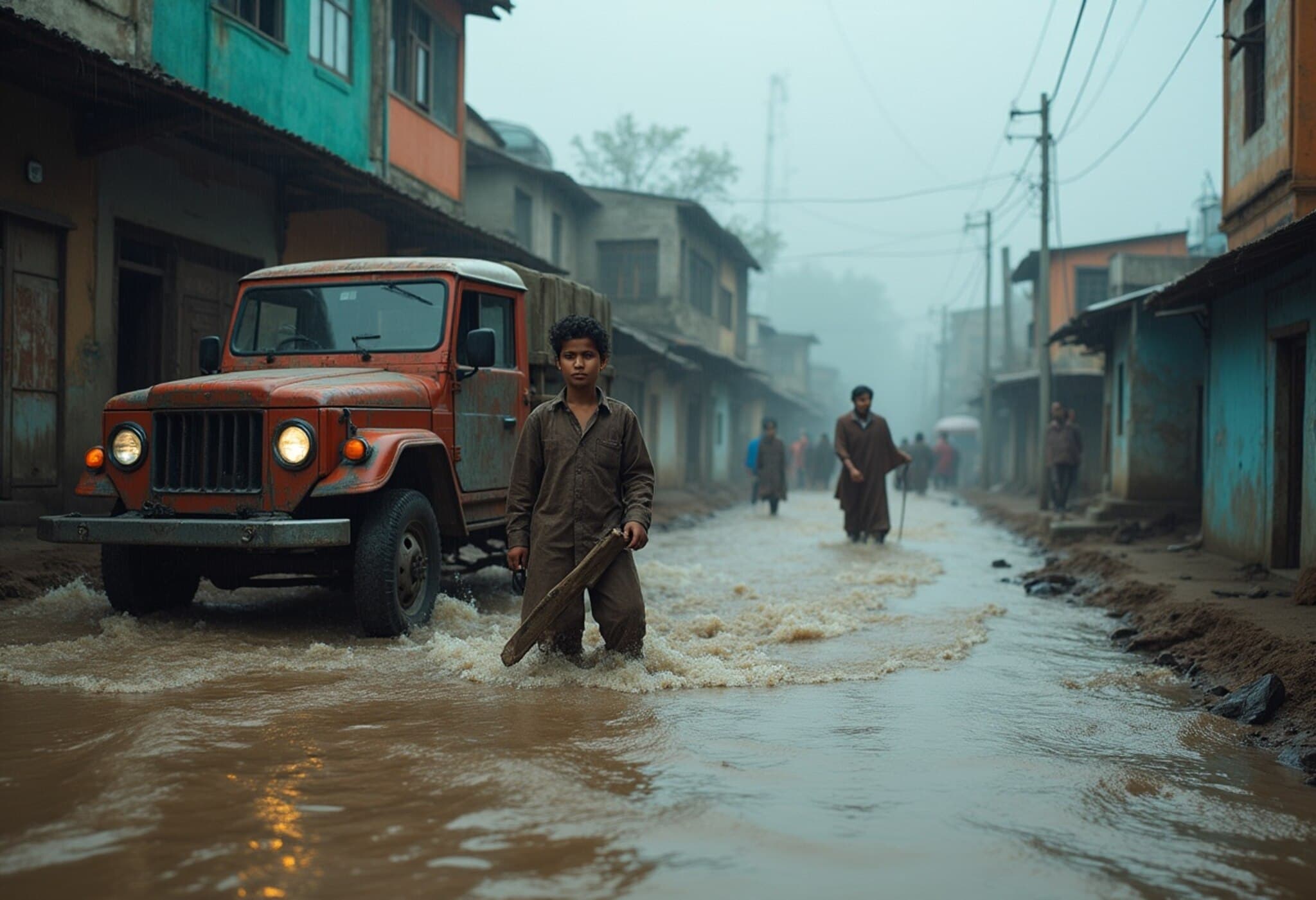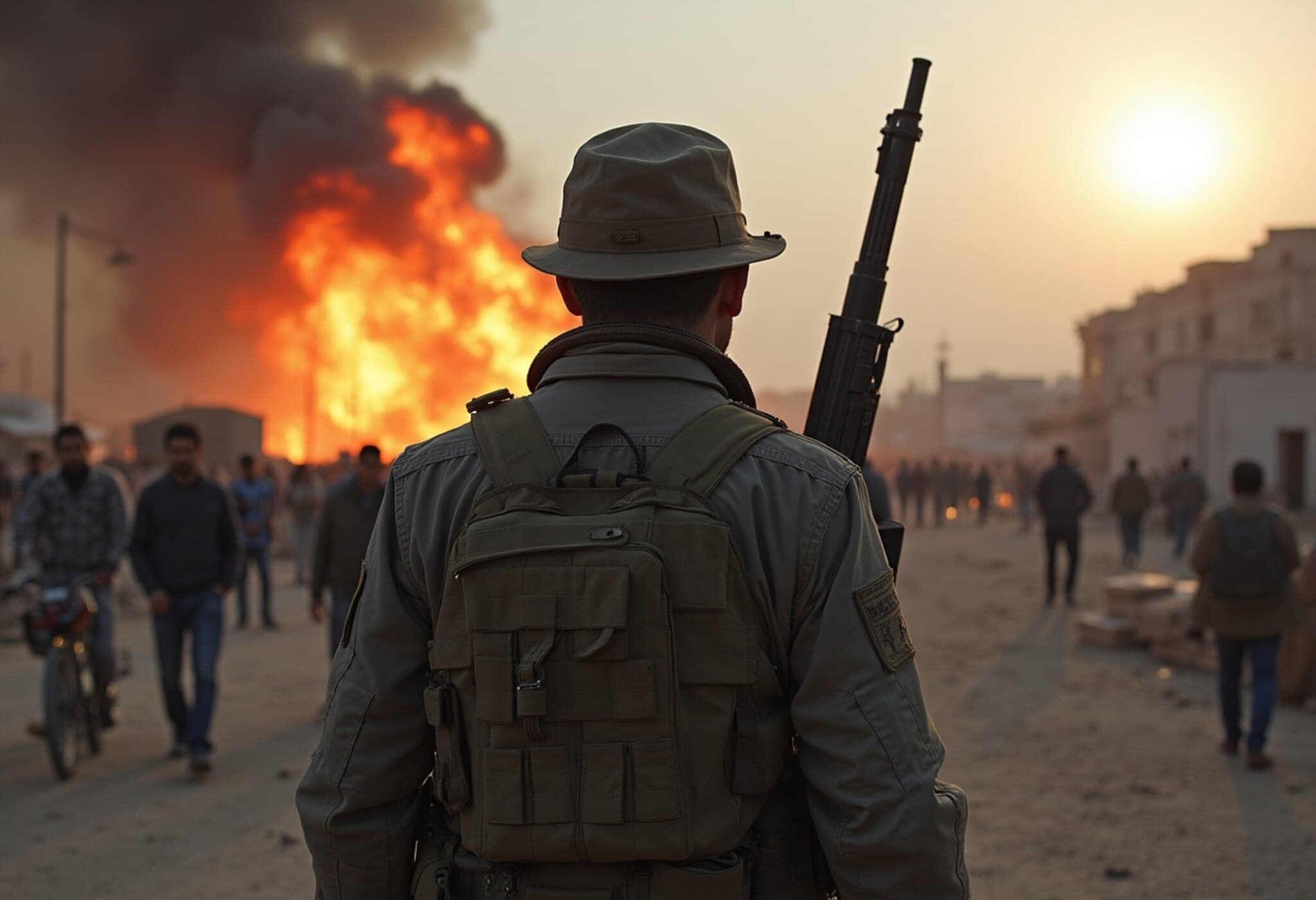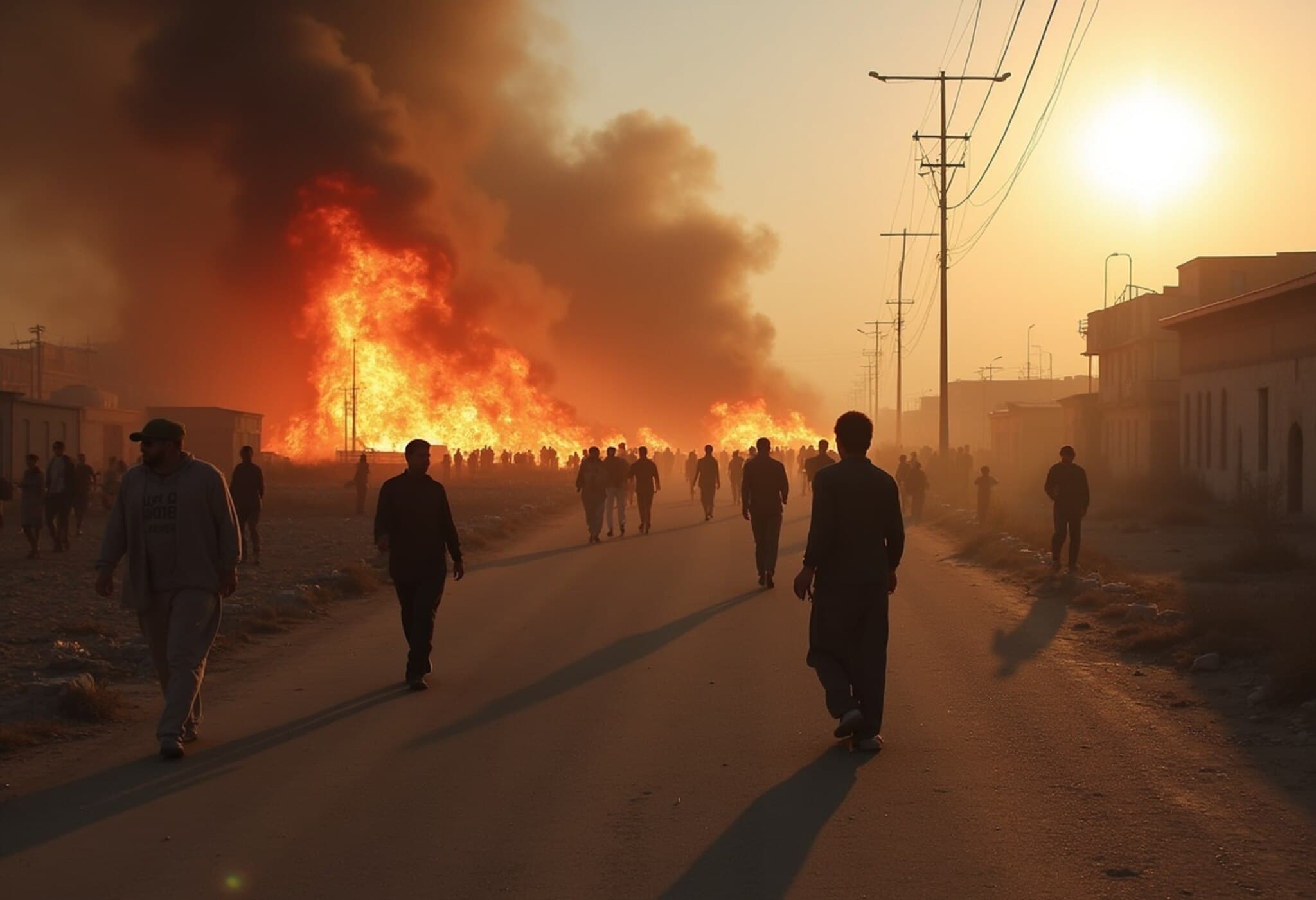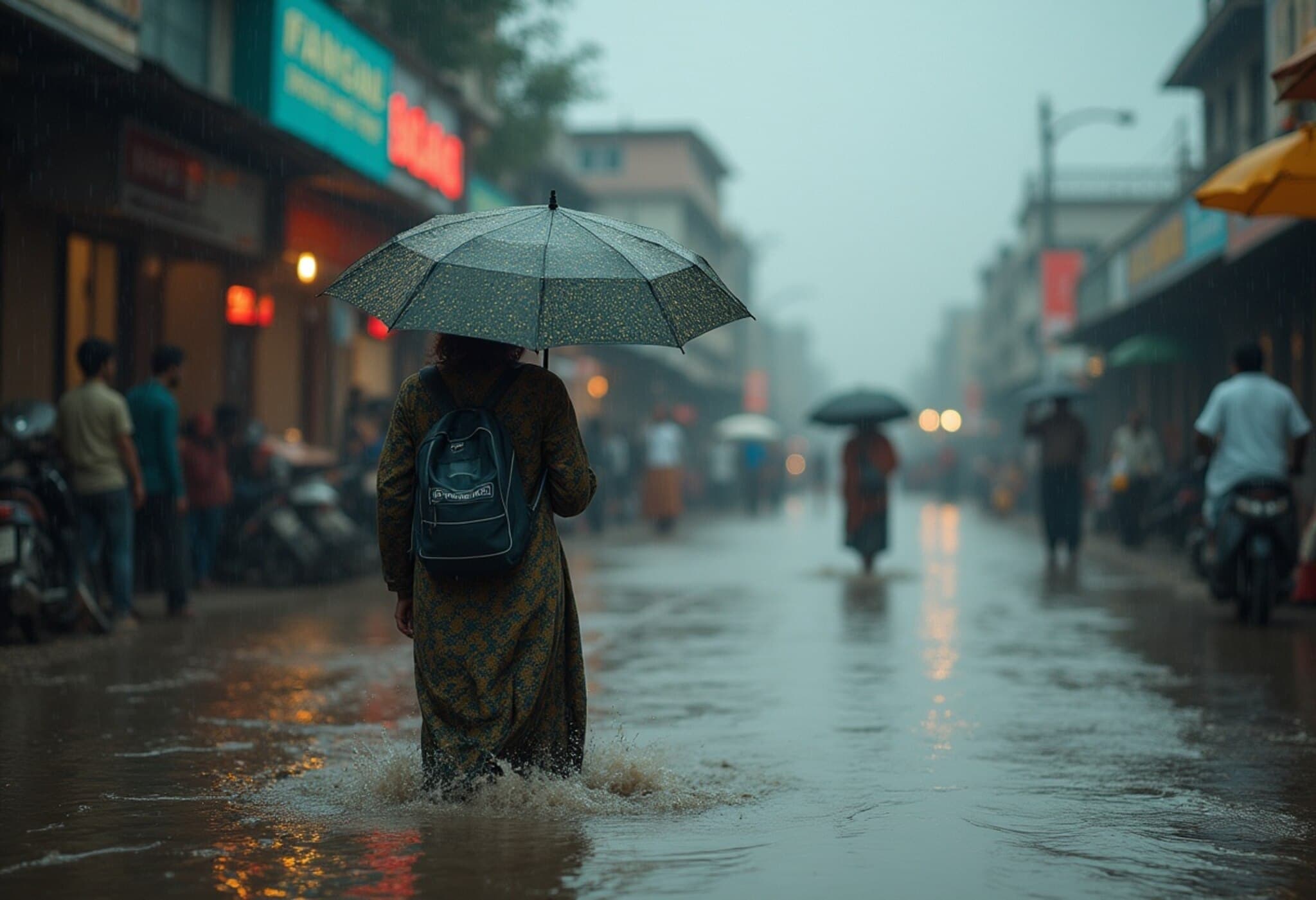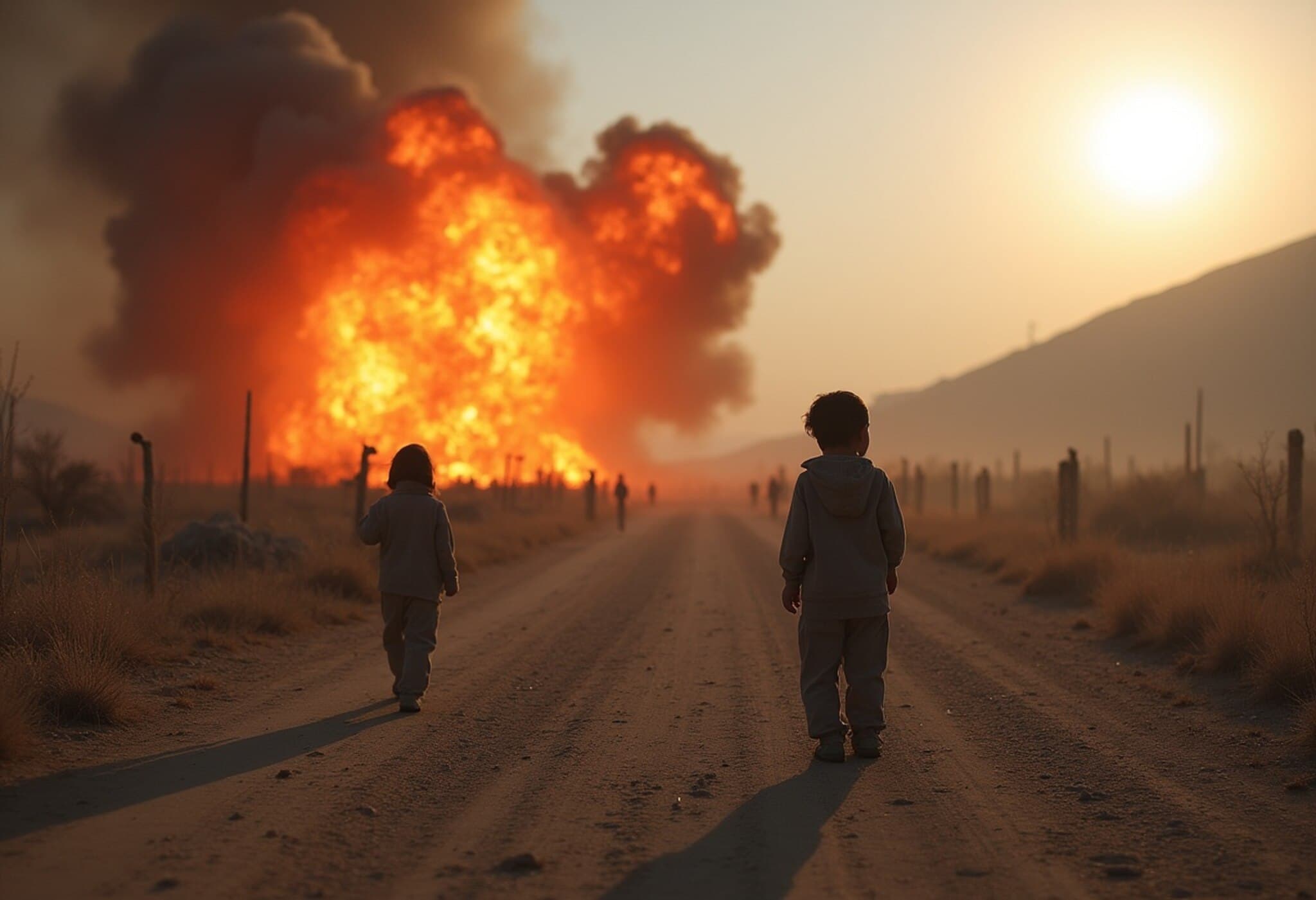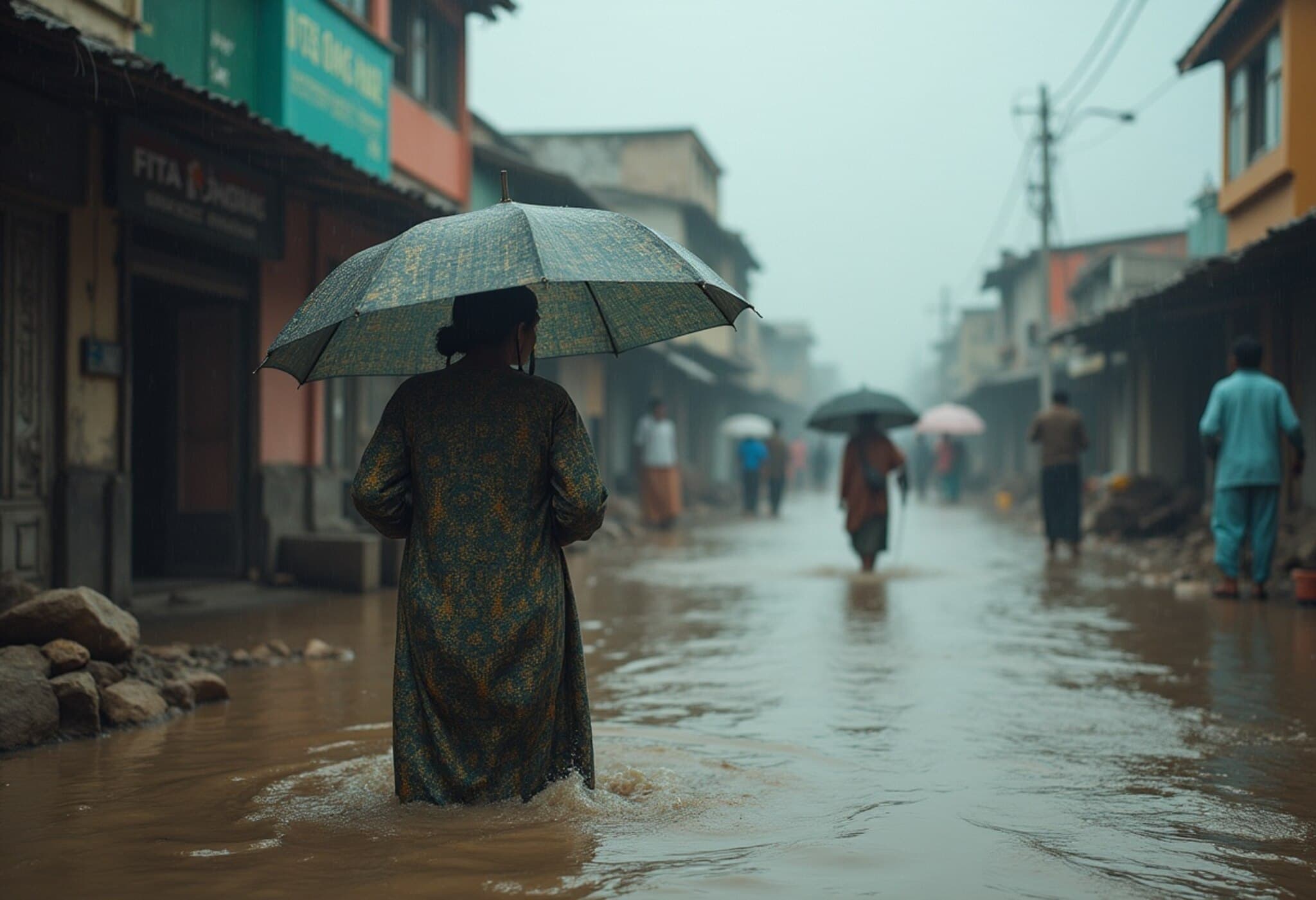Over 320 Dead as Flash Floods Ravage Northern Pakistan Amid Intense Monsoon Rains
In what local residents describe as a catastrophe akin to "doomsday," heavy monsoon rains have triggered deadly flash floods across northern Pakistan, resulting in at least 321 fatalities in the past 48 hours. The worst-affected area is Khyber Pakhtunkhwa (KP), where the majority of deaths and destruction have been recorded, bringing focus to the region’s vulnerability to climate-related disasters.
Rescue Efforts Hampered by Continuous Rain and Treacherous Terrain
The Provincial Disaster Management Authority (PDMA) stated that landslides, flooded and damaged roads, and relentless rainfall are severely hampering rescue and relief operations. Around 2,000 rescue personnel are working tirelessly to comb through rubble and assist survivors in nine disaster-hit districts, including Buner, Bajaur, Swat, Shangla, Mansehra, and Battagram.
Bilal Ahmed Faizi, spokesperson for KP’s rescue services, remarked, "Many rescue teams are forced to travel on foot due to road blockages, which drastically slows down evacuation and aid delivery to remote communities." Emotional toll is palpable as many survivors refuse to leave the debris-strewn sites where they lost loved ones.
Shocking Human Toll: Women, Children Among the Victims
Among the victims, the devastation claimed the lives of at least 15 women and 13 children, highlighting the tragic human cost of these natural disasters. Local communities are not only battling loss but face uncertainty and trauma as bodies continue to be recovered and identification remains a challenge.
Monsoon’s Deadly Grip and Climate Change Context
The monsoon season, critical for Pakistan’s agriculture and water supply, has historically been a double-edged sword—bringing both sustenance and destruction. This year’s early onset and intensified rainfall have overwhelmed the region. Syed Muhammad Tayyab Shah of Pakistan’s National Disaster Agency warns, "The intensity of the monsoon will likely worsen over the next two weeks, exacerbating flooding risks and complicating rescue operations further."
Experts repeatedly emphasize Pakistan’s acute vulnerability to climate change, with successive years witnessing unprecedented monsoon floods. Last year alone, floods submerged a third of the country and caused nearly 1,700 deaths. This year’s rainfall was described as "unusual," with Punjab province recording a staggering 73% more precipitation than the previous year. These patterns raise urgent questions about climate adaptation and disaster resilience strategies in Pakistan.
Beyond Statistics: The Human Stories from the Flood Zones
Azizullah, a resident from Buner district, recounted the terrifying experience: "The ground was shaking, I felt as if the mountain was sliding and the world was ending. It was like doomsday." His words echo the collective trauma of thousands who have lost homes, family members, and their sense of safety.
In Bajaur, the scene near an excavator digging through mud-soaked hills is somber, with locals gathering for funeral prayers. Saifullah Khan, a schoolteacher helping with body recovery, expresses deep anguish: "I keep thinking about the children I taught. This disaster is a cruel trial imposed by nature on innocent lives."
Government Response and Urgent Calls for Preparedness
The provincial authorities have officially declared several districts as "disaster-hit," enabling emergency funds and mobilization of resources. Pakistan’s meteorological department continues to issue warnings for ongoing heavy rainfalls in northwest regions, urging residents and authorities to remain vigilant.
Such repeated crises underscore the necessity for enhanced early warning systems, infrastructure resilient to extreme weather, and community-based disaster preparedness programs—especially critical for the mountainous regions where terrain increases vulnerability.
Editor’s Note
This tragic flooding event is a stark reminder of Pakistan’s escalating climate vulnerability amid global warming. The human devastation goes beyond numbers, uncovering deep-seated challenges in disaster response, community resilience, and infrastructural capacity. As the monsoon season extends and intensifies, the international community and policymakers must prioritize climate adaptation financing and technology transfer to mitigate such disasters. Readers are encouraged to reflect on the growing link between extreme weather and climate change, and the urgent need for sustainable, locally tailored solutions to save lives and livelihoods.

